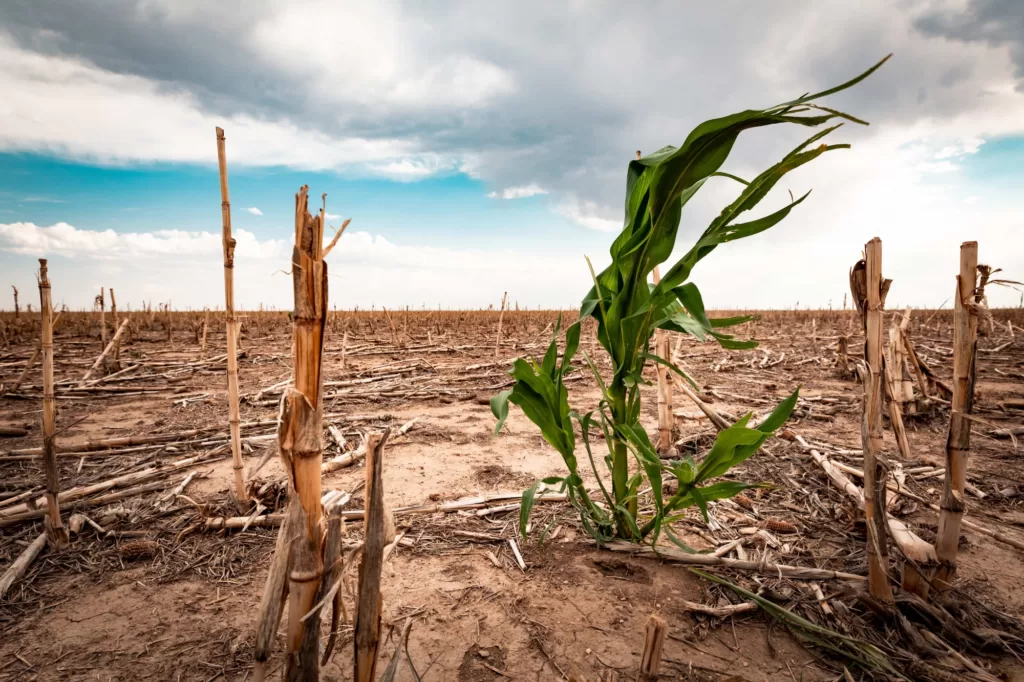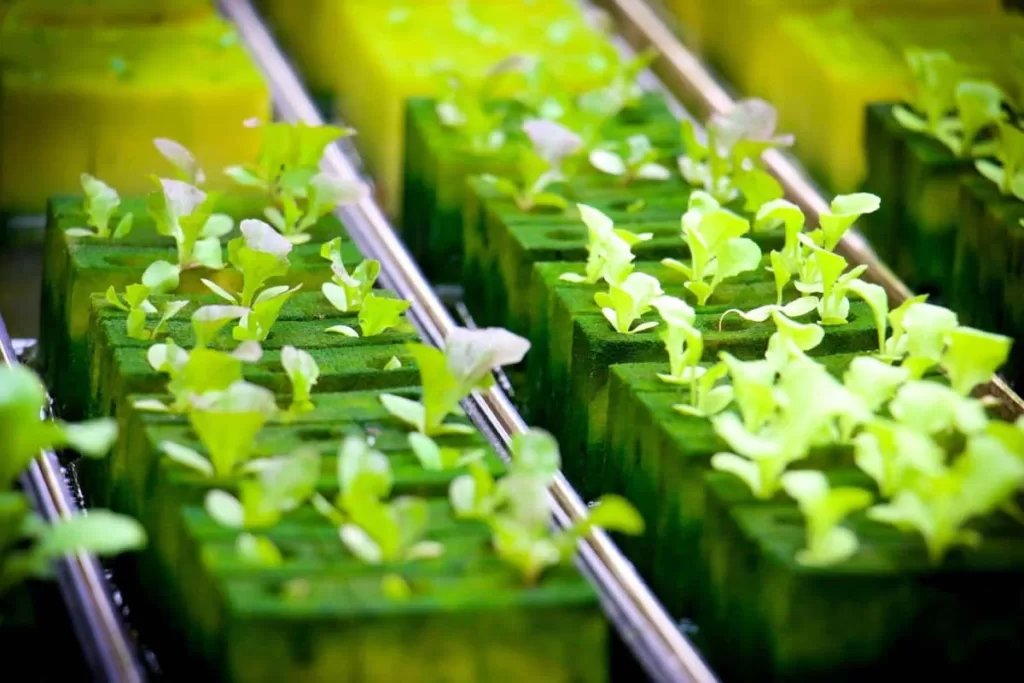Bonsai trees are hard to keep alive because they require specific growing conditions, such as proper lighting, temperature, humidity, and soil, which can be difficult to replicate in a domestic setting. Additionally, bonsai trees are often grown in small pots, which can limit their root growth and make it difficult for them to absorb the necessary nutrients and water. Proper pruning and training techniques are also important for maintaining the shape and health of the tree. Without proper care, bonsai trees can quickly become stressed and die.
Bonsai trees are miniature versions of larger trees and require a great deal of care and attention. They are typically grown in small containers, which limits their root growth and makes it difficult for them to absorb the necessary nutrients and water. Additionally, bonsai trees require specific growing conditions, such as proper lighting, temperature, humidity, and soil, which can be difficult to replicate in a domestic setting. To keep bonsai trees healthy, they must be pruned and trained regularly to maintain their shape. This includes pruning branches, leaves and roots, and wiring the branches to shape them.
Table of Contents

Should I water my bonsai in the morning or at night?
It’s generally best to water your bonsai tree in the morning. Watering in the morning allows the tree to dry off before nightfall, which can help prevent fungal growth and other moisture-related issues. Additionally, watering in the morning gives the tree the entire day to absorb the water and use it to fuel growth and metabolism.
It’s important to make sure the soil is moist but not waterlogged. Over watering can lead to root rot and other issues. It’s better to water less often but more thoroughly, allowing the soil to dry out a bit between waterings. Keep in mind that the ideal watering schedule can vary depending on the species of bonsai, the size and type of container it is growing in, and the local climate. It’s important to observe the tree and the soil to learn when it needs water.
Bonsai trees also require regular fertilization and watering, and they should be repotted every few years to refresh the soil and give their roots more room to grow. They also need protection from pests and disease, just like any other tree. Furthermore, different species have different requirements and some species may be more difficult to grow as bonsai than others.
Finally, keep in mind that Bonsai trees are living organisms and they have a natural life cycle, meaning that even with the best care, they will eventually die. To be a successful bonsai grower, it is important to understand the basic needs of the species you are growing, and to be patient and attentive to the tree’s needs.
Should I leave my bonsai in the rain?
Leaving your bonsai tree in the rain can be beneficial in some cases, but it can also be harmful if not done correctly.
Rainwater is generally considered to be pure and natural, and many bonsai enthusiasts believe that it can be beneficial for the tree. Rainwater can help to flush out any accumulated salts in the soil and provide the tree with a healthy dose of water.
However, leaving a bonsai tree in heavy rain or in a storm can be damaging. Heavy rain can cause the soil to become waterlogged, which can lead to root rot and other issues. It also can cause damage to the branches and leaves of the tree, and if the tree is left in heavy rain for a long period of time, it can lead to stress and death.
If you want to leave your bonsai in the rain, it’s important to make sure that the tree is in a protected area where it won’t be exposed to strong winds or heavy downpours. It’s also important to monitor the tree regularly and make sure that the soil is not becoming waterlogged.
Alternatively, you can mimic the rain by watering your bonsai from above, this way you can control the amount of water the tree receives, and you can avoid over watering. Overall, it’s best to consult with a bonsai expert or to observe the tree and the soil to learn the best practice for your specific bonsai and your local climate.

How do I know if my bonsai tree needs water?
There are several signs that indicate that a bonsai tree needs water:
- The soil is dry: The most obvious sign that a bonsai tree needs water is when the soil is dry. You can check the moisture level by sticking your finger into the soil. If the soil is dry, it’s time to water the tree.
- The leaves are drooping: When a bonsai tree is under watered, the leaves will droop and look wilted. This is a sign that the tree is not getting enough water and needs to be watered immediately.
- The leaves are turning yellow: If the leaves of a bonsai tree are turning yellow, it can be a sign of over watering or under watering. In the case of under watering, the tree will need more water, in the case of over watering, the tree will need less water.
- The branches are brittle: When a bonsai tree is not getting enough water, the branches will become brittle and break easily.
- The color of the leaves is changing: A healthy bonsai tree will have bright green leaves. When a tree is not getting enough water, the leaves will turn a dull green or yellow color.
It’s important to note that different species of bonsai have different water requirements and some species may be more drought-tolerant than others. It’s also important to consider the climate and the season when checking your bonsai tree water needs, as well as the size and type of container it is growing in. It’s always a good practice to monitor your bonsai tree’s moisture level regularly and to observe the tree for any signs of stress or distress. This way you can adjust the watering schedule accordingly and avoid under or over watering.
Why should you not keep a bonsai tree inside?
There are several reasons why it may not be ideal to keep a bonsai tree inside:
- Lighting: Most indoor environments do not provide enough natural light for a bonsai tree to thrive. Bonsai trees need a lot of sunlight to grow properly, and they may not receive enough light if they are kept inside.
- Temperature: Indoor temperatures can be too warm or too cool for a bonsai tree. Most bonsai trees prefer temperatures between 60 and 70 degrees Fahrenheit (15 to 21 degrees Celsius) and they may not survive if they are exposed to temperatures that are too high or too low.
- Humidity: Bonsai trees need a certain level of humidity to thrive, and most indoor environments are too dry for them. Indoor heating can dry the air out, and this can cause the leaves to dry out, and the tree can become stressed.
- Pests: Indoor environments can be a haven for pests such as spider mites, scale insects, and mealybugs. These pests can damage the tree and cause it to become stressed.
- Disease: Keeping a bonsai tree inside can increase the risk of disease. Indoor environments can be a breeding ground for mold, fungus and other pathogens that can damage the tree.
However, it is possible to keep bonsai trees indoors under certain conditions. If you decide to keep your bonsai tree inside, you need to provide it with the right amount of light, humidity, temperature and care. Additionally, you will have to make sure to protect it from pests and diseases that can thrive in indoor environments.
It’s important to remember that bonsai trees are living organisms and they have specific needs, therefore it’s best to consult with a bonsai expert or to research the specific needs of the species you are growing to ensure that the bonsai is getting the best possible care.
Do you water a bonsai tree from the top or bottom?
Both top and bottom watering methods can be used for bonsai trees.
Top watering, also known as overhead watering, involves pouring water over the top of the soil and allowing it to soak in. This method is useful for quickly saturating the soil and is good for trees that are in need of a lot of water. Bottom watering, also known as submersion watering, involves submerging the entire pot in a container of water and allowing the soil to absorb the water from the bottom up. This method is useful for thoroughly saturating the soil and is good for trees that are in need of less water.
The best method for watering your bonsai tree will depend on the species and the size of the tree, as well as the type and size of the container. It’s also important to consider the climate and the season. For example, species that are native to areas with high humidity and rainfall may prefer top watering, while species that are native to areas with low rainfall may prefer bottom watering.
Additionally, shallow rooted trees will benefit more from bottom watering as the water will reach their roots more easily. It’s important to monitor your bonsai tree’s moisture level regularly and to observe the tree for any signs of stress or distress. This way you can adjust the watering schedule accordingly and avoid under or over watering.

What are the benefits of having a bonsai tree?
There are many benefits of having a bonsai tree, some of them are:
- Beauty: Bonsai trees are miniature versions of larger trees and can be trained and shaped to have a unique and beautiful appearance. They can be a great addition to any home or office, and can be enjoyed for their aesthetic value.
- Relaxation: Growing and caring for a bonsai tree can be a relaxing and meditative activity. Taking the time to care for your tree can be a form of mindfulness practice, and it can help to reduce stress and improve overall well-being.
- Connection to nature: Bonsai trees can help to bring a sense of nature into your home or office. They can help to improve air quality, and they can provide a connection to the natural world, even in an urban environment.
- Educational: Bonsai trees can be educational, as they can teach you about different species of trees, how they grow, how to care for them, and how to shape them. It can also teach you patience and responsibility.
- Gift: Bonsai trees can make a great gift, they are often passed down from generation to generation and can be passed on as a family heirloom.
- Long lasting: Bonsai trees can live for many years with proper care, and they can become an important part of your life. Some bonsai trees have been known to live for hundreds of years.
- Low maintenance: Although bonsai trees require care and attention, they are not demanding plants. They can be grown indoors or outdoors, and they can be maintained with minimal effort.
- Cultural significance: Bonsai trees have a long cultural history, originating from China and Japan, and they are considered works of art. They are often used in traditional gardens and tea ceremonies.
It’s important to remember that bonsai trees are living organisms and they have specific needs, therefore it’s best to consult with a bonsai expert or to research the specific needs of the species you are growing to ensure that the bonsai is getting the best possible care.







